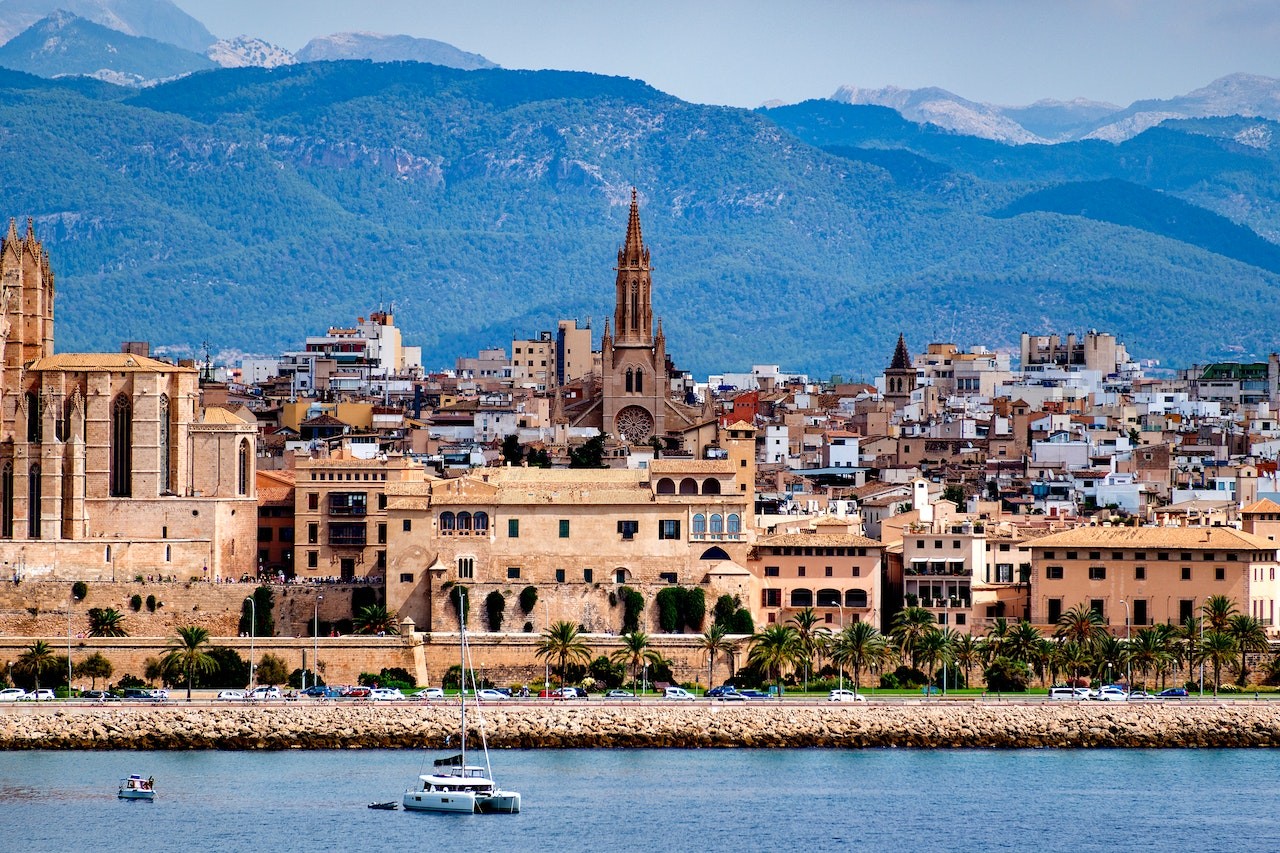History of Palma de Mallorca, Spain
- 16 Oct, 2023
- 2407 views
The history of Palma de Mallorca, Spain, is rich and diverse, with a cultural heritage that reflects the influence of various civilizations. The island of Mallorca has a history dating back to ancient times, with evidence of human settlement dating as far back as 6000-4000 BC. However, the specific history of Palma de Mallorca, as a city, is believed to have begun during the Roman period.
Roman Period: The Romans conquered the Balearic Islands, including Mallorca, in 123 BC. They established Palma, then known as Palmaria or Palma, as a significant port and a thriving center for trade and commerce. The city flourished under Roman rule, and remnants of Roman architecture and infrastructure can still be seen in the city today.
Moorish Rule: In the 8th century AD, the Moors, an Islamic people from North Africa, invaded and conquered Mallorca. They renamed the city Madina Mayurqa and significantly influenced its culture, architecture, and agriculture. The Moorish rule lasted for several centuries and left an indelible mark on the city's identity.
Christian Reconquest: In 1229, King James I of Aragon led the Christian Reconquest of Mallorca, ending the period of Moorish rule. Palma de Mallorca became a part of the Kingdom of Aragon and subsequently, the Kingdom of Spain, marking a new chapter in the city's history. The influence of the Christian conquerors is still visible in the city's architecture, especially in the iconic Palma Cathedral, also known as La Seu.
Modern Era: Over the centuries, Palma de Mallorca continued to grow as a significant political, economic, and cultural center in the Balearic Islands. The city faced various challenges, including invasions, pirate attacks, and economic fluctuations. In the 20th and 21st centuries, Palma de Mallorca became a popular tourist destination, known for its beautiful beaches, historic landmarks, and vibrant cultural scene.
Today, Palma de Mallorca is the capital of the Balearic Islands and remains a major hub for tourism, commerce, and cultural activities. Its rich history is evident in the blend of architectural styles, including Roman, Moorish, Gothic, and Renaissance, making it a captivating destination for visitors interested in history, culture, and Mediterranean beauty.
- Category:
- History/Stories
- Writer:
- Clevenard
- No comments




